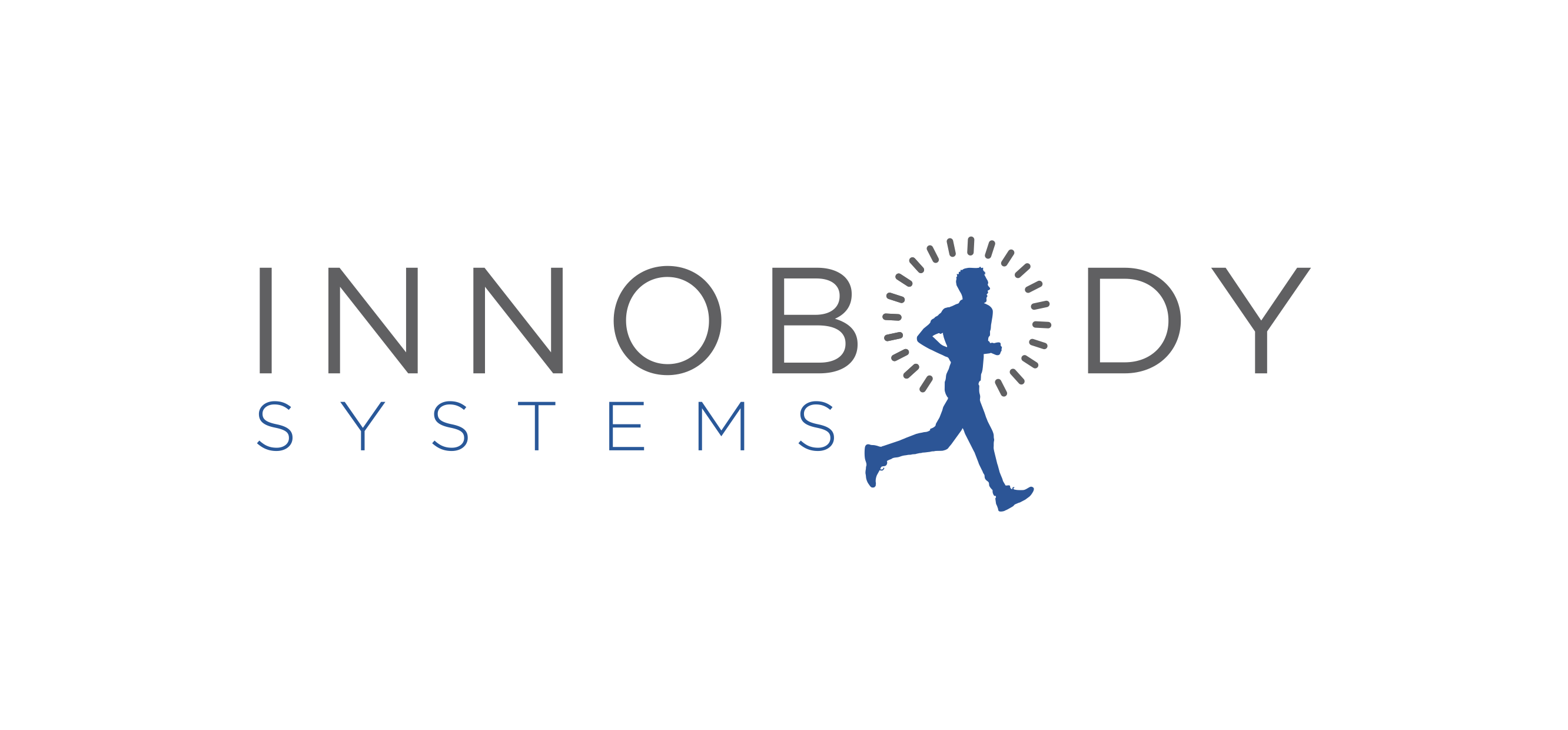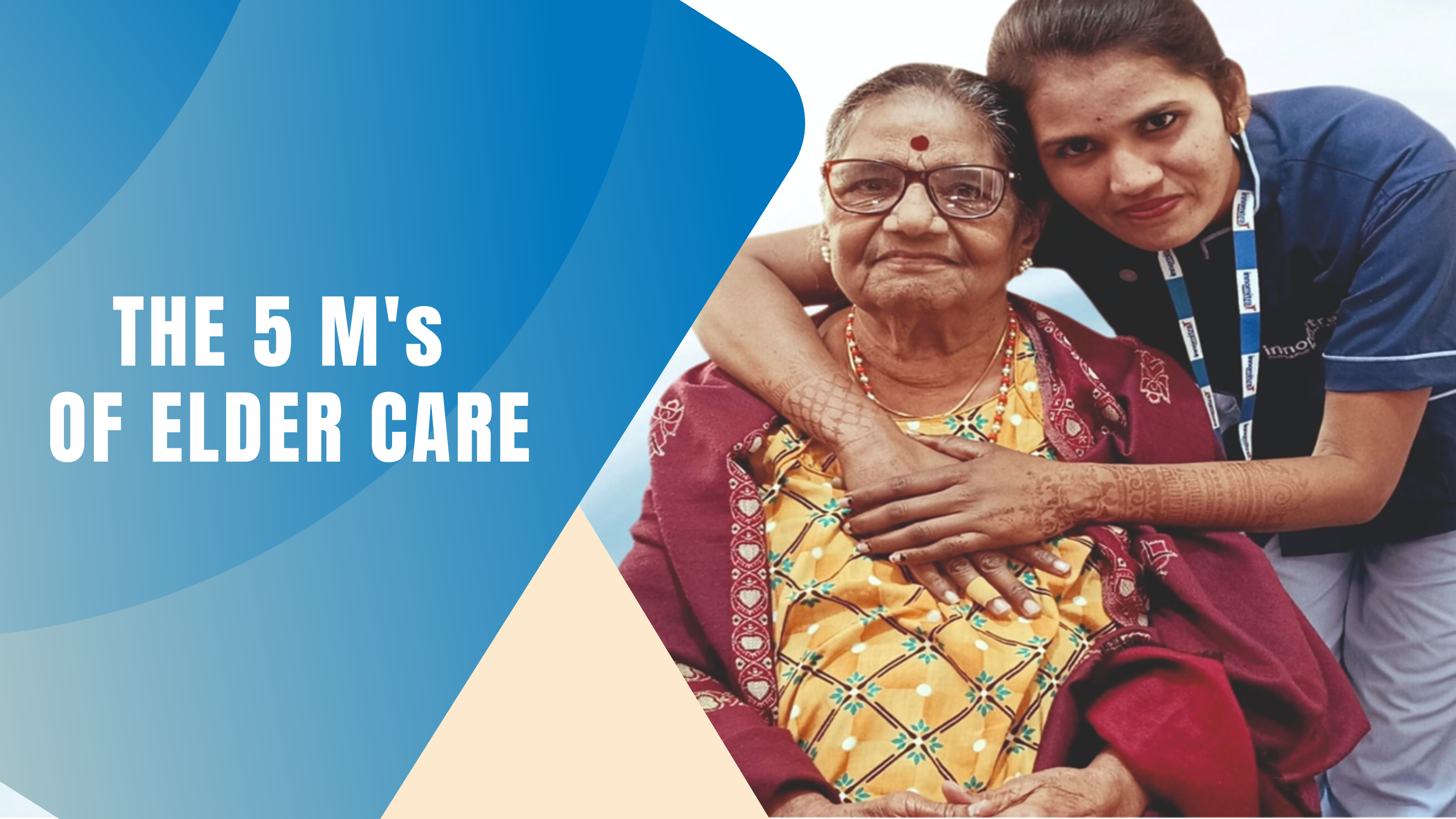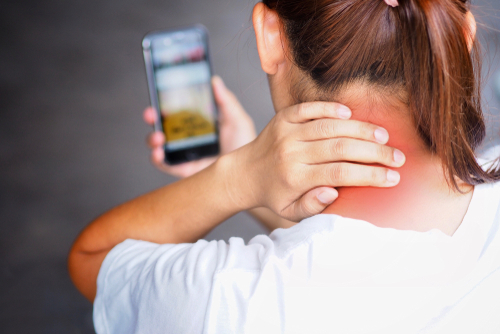AI in Innobody
As an AI language model, I don't have real-time access to the latest news. However, I can provide you with some recent advancements in the field of physiotherapy up until my last knowledge update in September 2021. Please note that there may have been further developments since then. Here are a few notable trends and advancements in physiotherapy:
Virtual Reality (VR) and Augmented Reality (AR): Physiotherapy is embracing VR and AR technologies to enhance patient engagement and rehabilitation outcomes. These technologies can create immersive environments for therapeutic exercises, balance training, pain management, and motor control rehabilitation.
Wearable Devices and Sensors: Wearable devices such as activity trackers, motion sensors, and biofeedback devices are being integrated into physiotherapy practice. These devices can provide real-time data on patients' movements, posture, muscle activity, and other relevant parameters. Therapists can use this information to personalize treatment plans and monitor progress remotely.
Tele-rehabilitation: Tele-rehabilitation allows patients to receive physiotherapy services remotely through video consultations and mobile applications. This approach has gained traction, particularly during the COVID-19 pandemic, as it enables access to care for patients who are unable to visit clinics physically.
Artificial Intelligence (AI) in Rehabilitation: AI algorithms are being developed and implemented in physiotherapy to assist with diagnosis, treatment planning, and monitoring. Machine learning models can analyze large amounts of patient data to identify patterns, predict outcomes, and recommend personalized interventions.
Robotics and Exoskeletons: Robotic devices and exoskeletons are increasingly used in physiotherapy to assist with movement training, gait rehabilitation, and strength training. These technologies can provide precise control and support during therapy sessions, aiding patients with mobility impairments.
Gamification and Mobile Applications: Mobile applications and gamification techniques are being employed to make physiotherapy exercises more engaging and motivating for patients. These apps often include visual feedback, progress tracking, and interactive games to encourage adherence to the prescribed rehabilitation programs.
Remember, these points reflect the state of the field up until September 2021. It's advisable to explore recent scientific literature, news articles, and professional physiotherapy organizations to stay updated on the latest advancements in the field.






